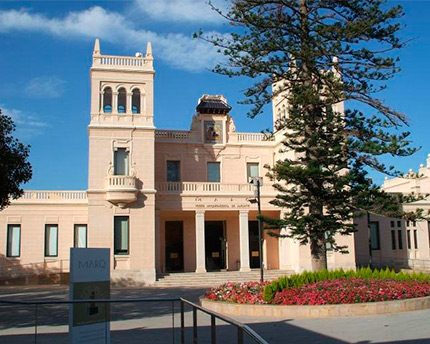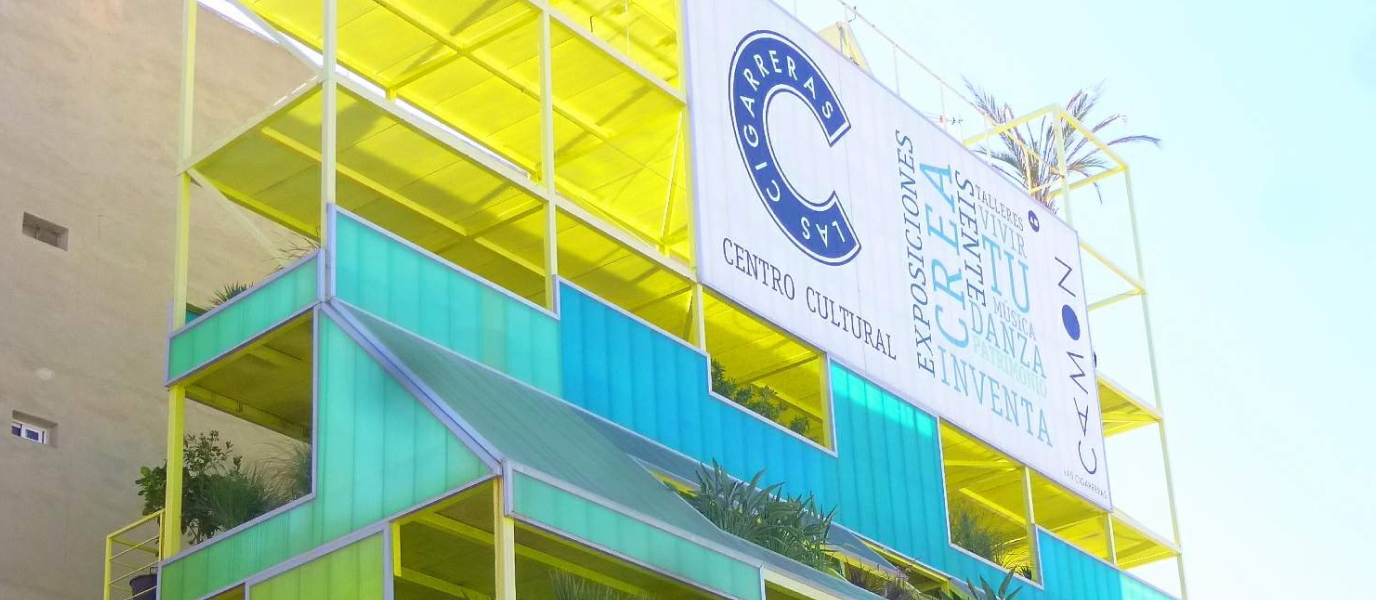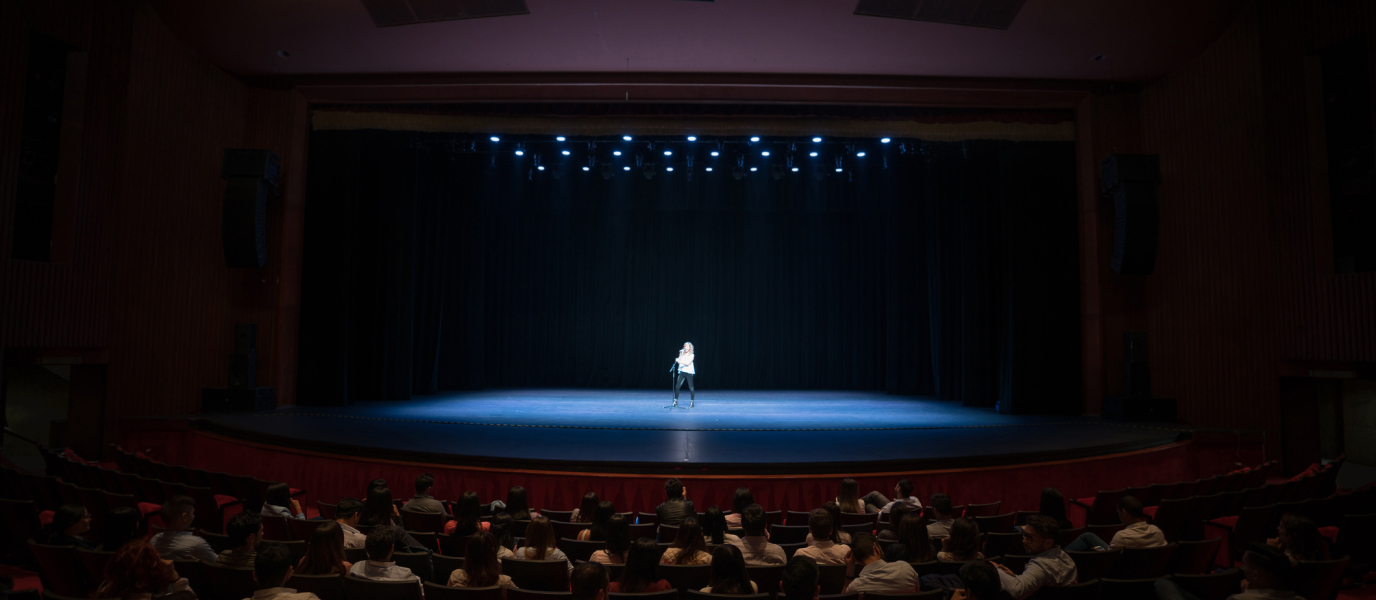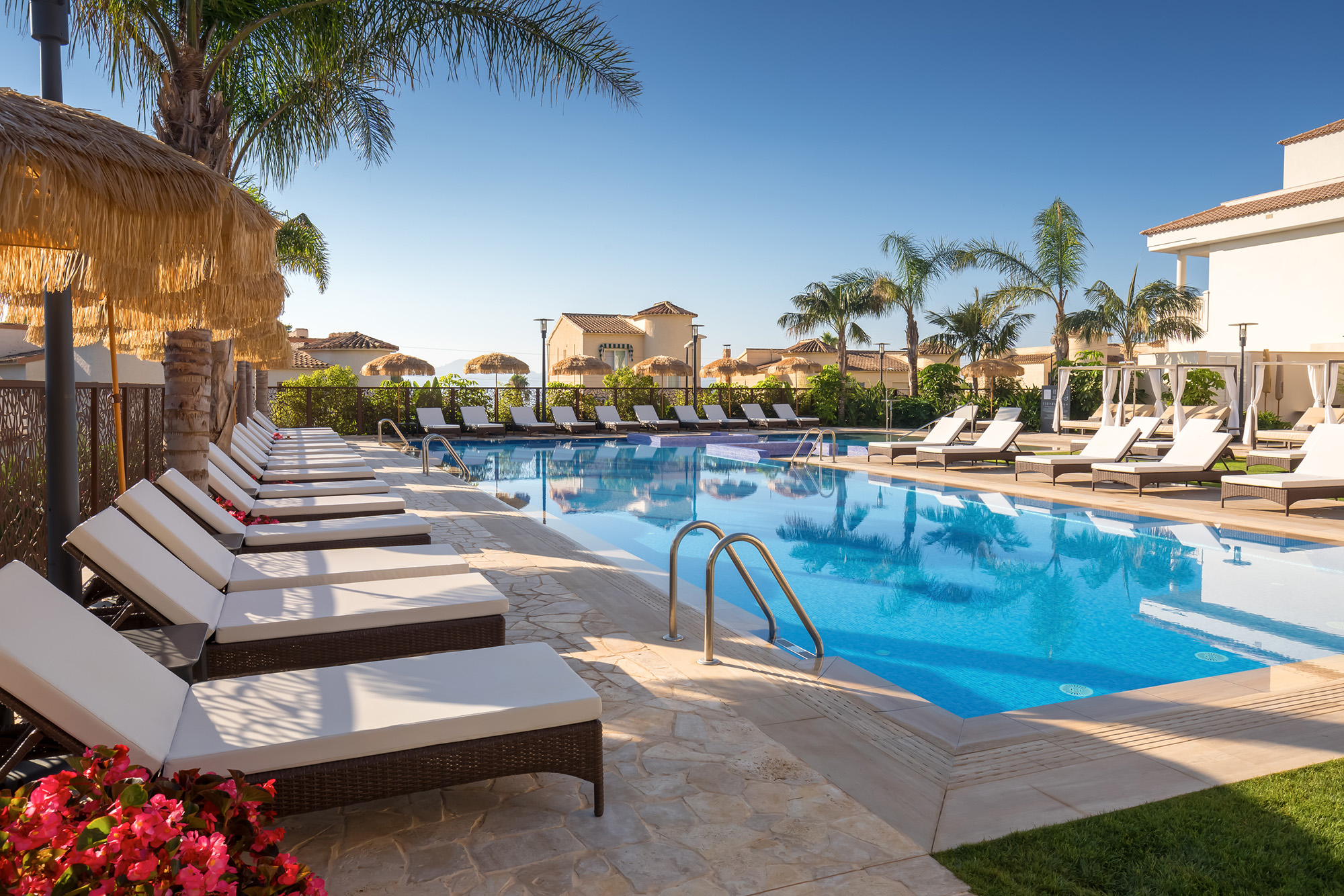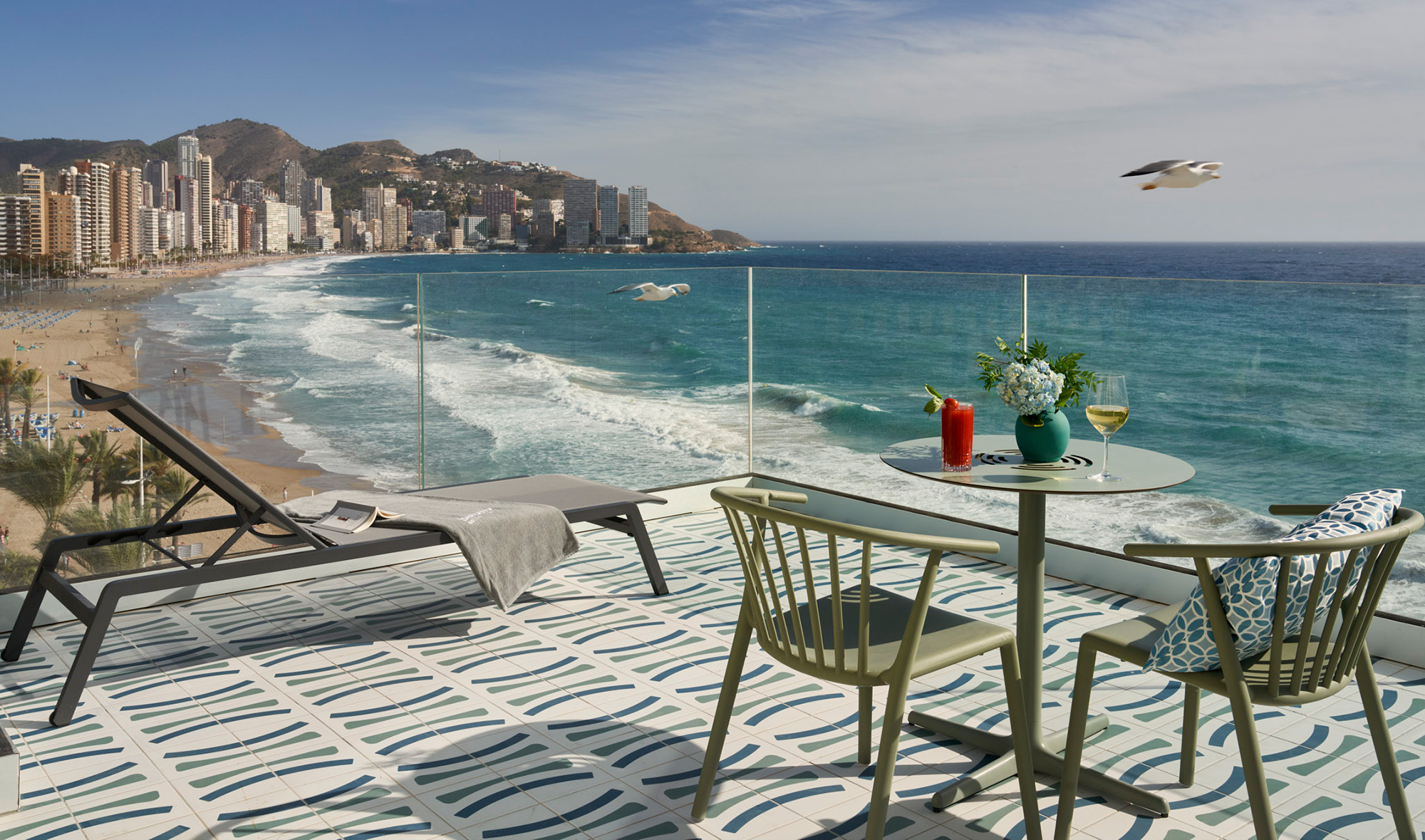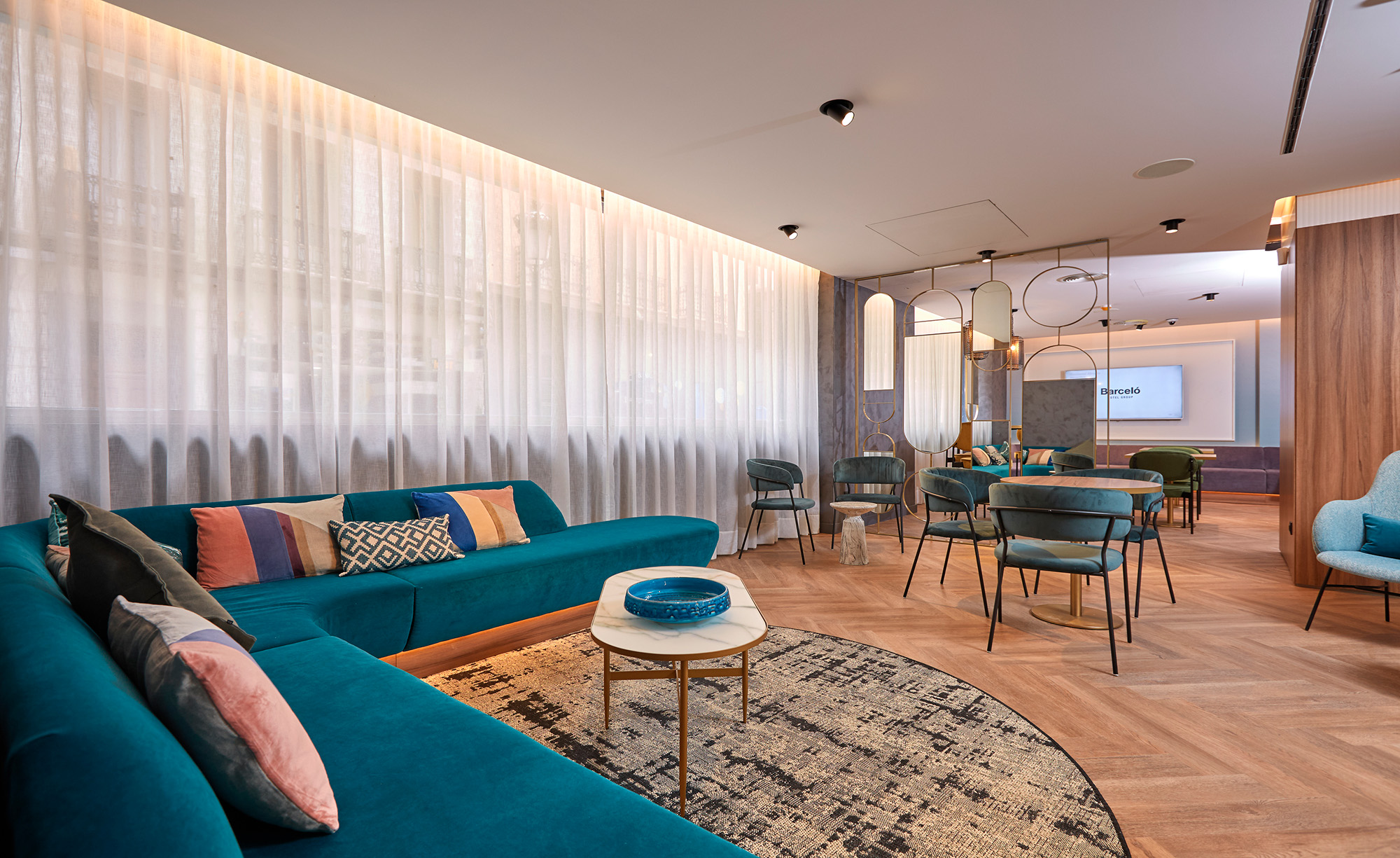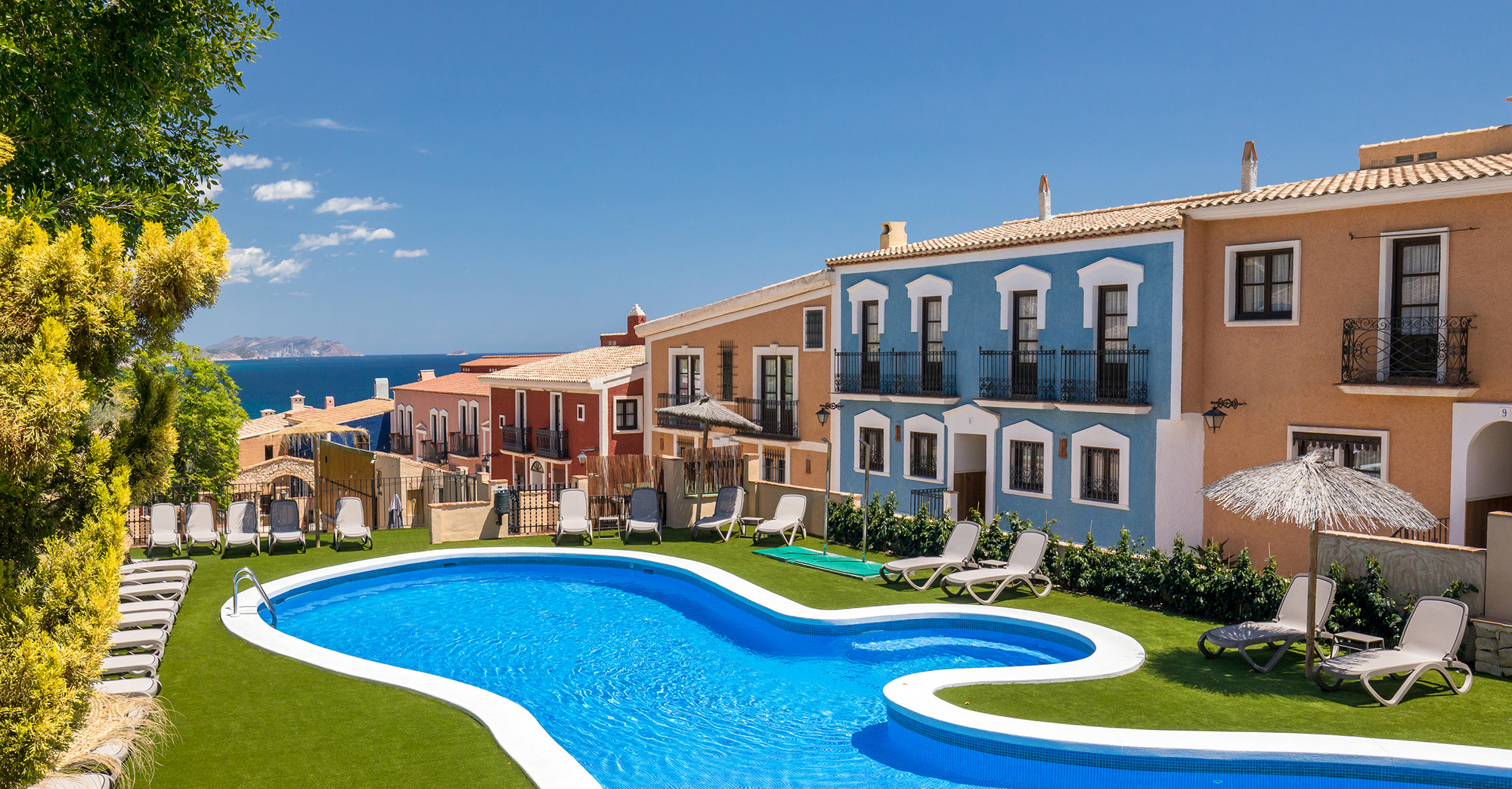The 80,000 pieces on display in the Alicante Archaeological Museum, known as MARQ, include outstanding examples of the cultural wealth of the Costa Blanca. Learning about the legacy of ancient peoples, such as the Iberians and Romans, is essential to understand the origins of the province.
One of MARQ’s biggest attractions is its modern exhibition spaces where audiovisual media are used to make your visit as educational as possible and also to spark the interest of children.
And the museum doesn’t end between the walls of its main building — it also offers guided tours of the main archaeological sites in Alicante province so you can learn about these places first hand: an innovative museum experience.
The Alicante Archaeological Museum building
Alicante Archaeological Museum was opened in 1932 by Niceto Alcalá Zamora and was originally housed on the ground floor of the Palau de la Diputació in the historical centre. However, the arrival of the 21st century made it clear that the museum needed to be moved a larger space.
The location that was chosen was the Hospital Provincial, a building designed by architect Juan Vidal in 1924 in what is today the neighbourhood of Pla del Bon Repós. It was a large-scale building created in the Classical style with eight long pavilions, a central body and two main blocks at either end.
Following extensive internal refurbishment work, the building was given a new purpose in 2000 when MARQ moved in. The institution won the ‘2004 European Museum of the Year’ award from the European Museum Forum for its innovative museum work, recognition that has only been awarded to other Spanish museums as renowned as the Guggenheim in Bilbao and CosmoCaixa in Barcelona.
MARQ in Alicante: a journey through history
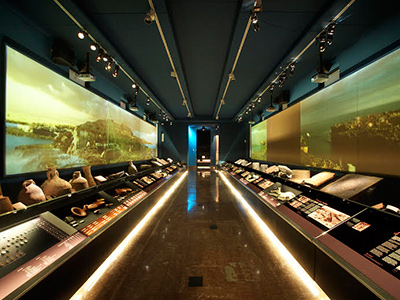
This museum offers a new view of archaeology, moving away from the traditional exhibition format to be the first 21st century archaeology museum. It gives visitors an experience that is educational, thorough and fun. For example, some of its halls give you the chance to find out what it’s like working on a dig and which techniques are used depending on the environment.
Sometimes the museum organises special visits to the MARQ basements so visitors can take a closer look at the museum’s work and learn about the incoming and outgoing department, the amphorae depository, storage, the research office and the restoration lab. It’s a unique opportunity to discover the inside workings of the institution.
A journey through MARQ starts by revealing the geographic wealth of Alicante and its variety of landscapes and lands. From this point onwards, your journey through time through the different halls teaches you about the various cultures that have inhabited the area:
- Prehistory Hall. You have to go back 100,000 years to the Middle Palaeolithic Age to find the first vestiges of humans in Alicante. There are around a thousand pieces to admire here that are divided by theme, such as hunting and gathering, agriculture and the first metals. It ends with the orientalisation period in the 8th century B.C. when contact with the Phoenicians led to the beginnings of the Iberian civilization.
- Iberian Hall. Despite the fact that the Iberian peoples in the south of the peninsula and the Levante had some common characteristics, these groups were not homogeneous and there were many differences between them. Alicante was notable for the Contestani, a people who inhabited the Contestania region. These exhibition spaces display their important archaeological sites. Religion, economy, art and funeral rites are some of the aspects of Iberian culture that you’ll learn about in this hall, which is presided over by the ‘Lady of Guardamar’ sculpture.
- Roman Hall. The pieces in this collection are divided into three separate blocks: Romanisation, Rome during the Empire, and Christianity or the Late Roman World. This space features huge screens that display scenes of everyday life in the city of Lucentum, now Tossal de Manises in the Albufereta neighhourhood. It reveals the influence of this ancient city on Alicante.
- Middle Ages Hall. The medieval period in Alicante focuses on the coexistence of diverse peoples of different religions for eight centuries. It’s worlds away from the clichés that often brand this period the “dark ages” and instead tries to give an accurate view of the Moorish, Christian and Jewish cultures that lived and progressed alongside each other.
- Modern and Contemporary Culture Hall. This hall covers a wide and complex time period from 1500 to 1931 and has therefore been divided into several stages: The Power of the Crown (1500-1808), The Constitutional Regime (1808-1874) and From the Monarchy to the Republic (1874-1931). The display reaches its end at the moment the Provincial Archaeological Museum was opened at the Palau de la Diputació in 1931. Over 300 pieces are exhibited in this hall and they give a voice to an Alicante that is closest to us in time.
Once you’ve finished this route, you can explore the themed halls. The first, ‘Excavating a church’ presents a hypothetical scenario: a Gothic church or monastery whose oldest remains can be traced back to the 2nd century B.C. and are used to learn about the past.
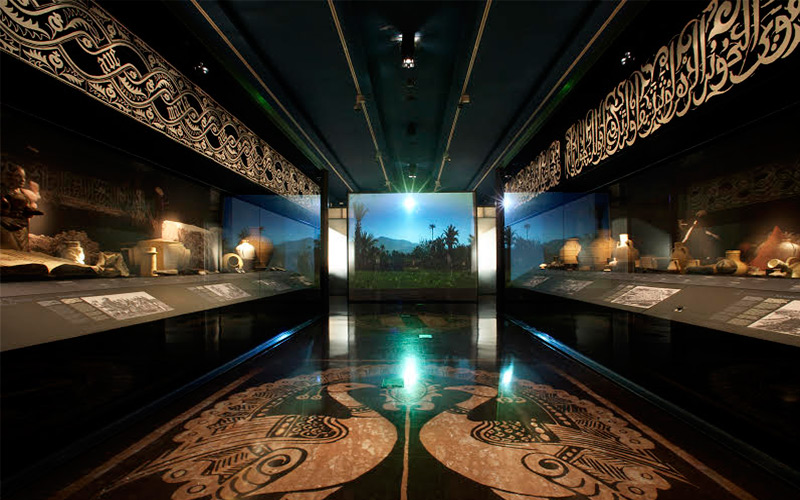
The next room, ‘Excavating underwater’, follows the same process to learn about archaeology work on an underwater dig. A third case is displayed in the ‘Excavating in a cave’ hall, which shows the exhaustive documentation work that is performed to read a human print found in this environment.
And don’t miss one of MARQ’s most interesting initiatives: a guided tour of different archaeological sites to learn about these places first-hand. A visit to the Pla de Petracos sanctuary, Tossal de Manises and Illeta dels Banyets will help you to understand how the museum pieces would have fitted into their original locations.



























































